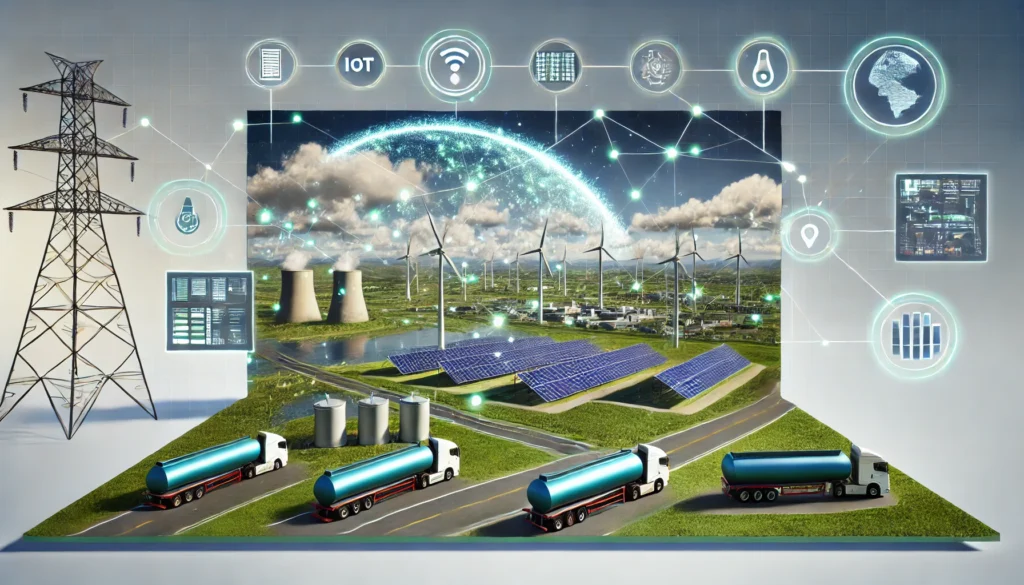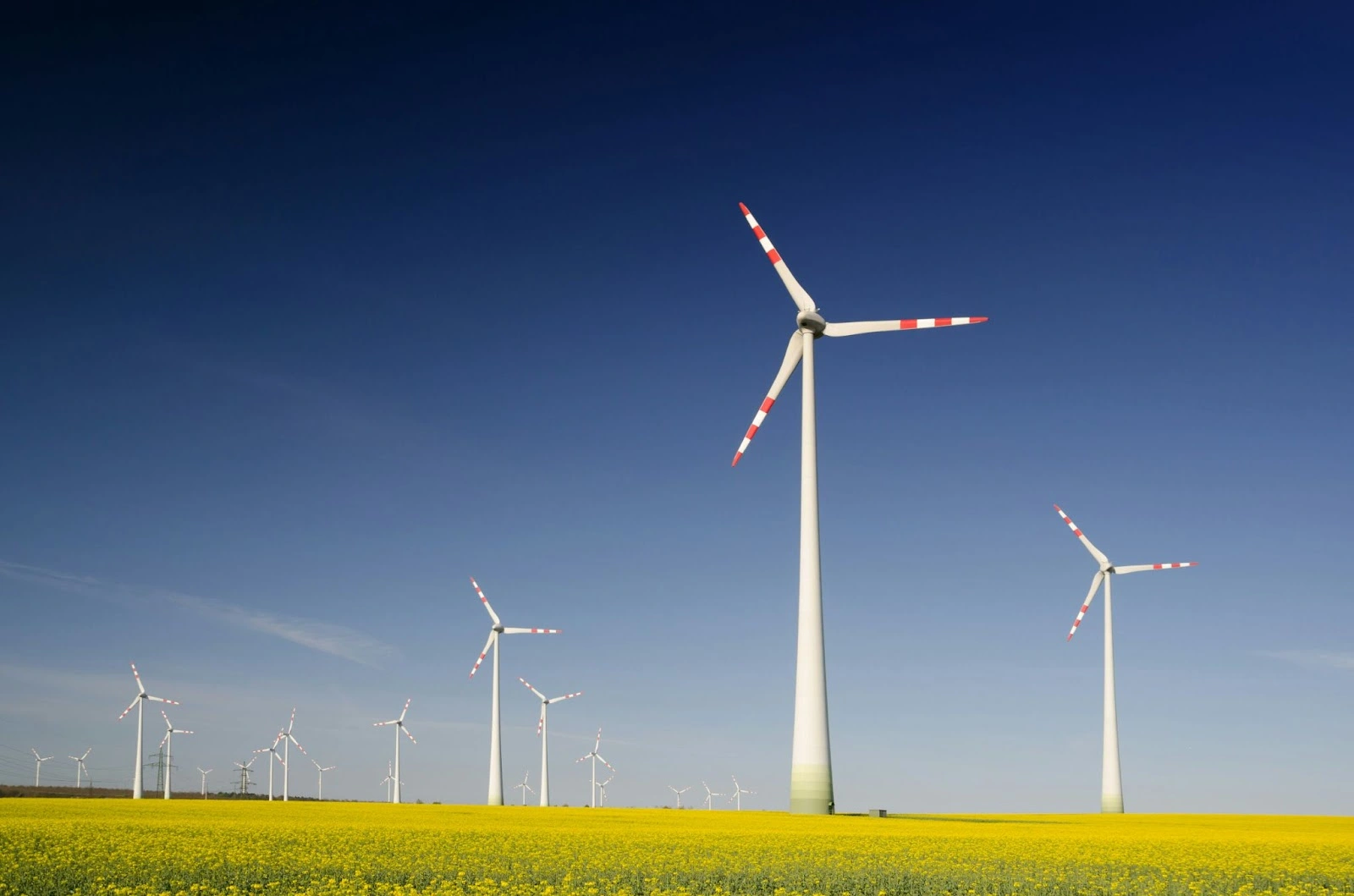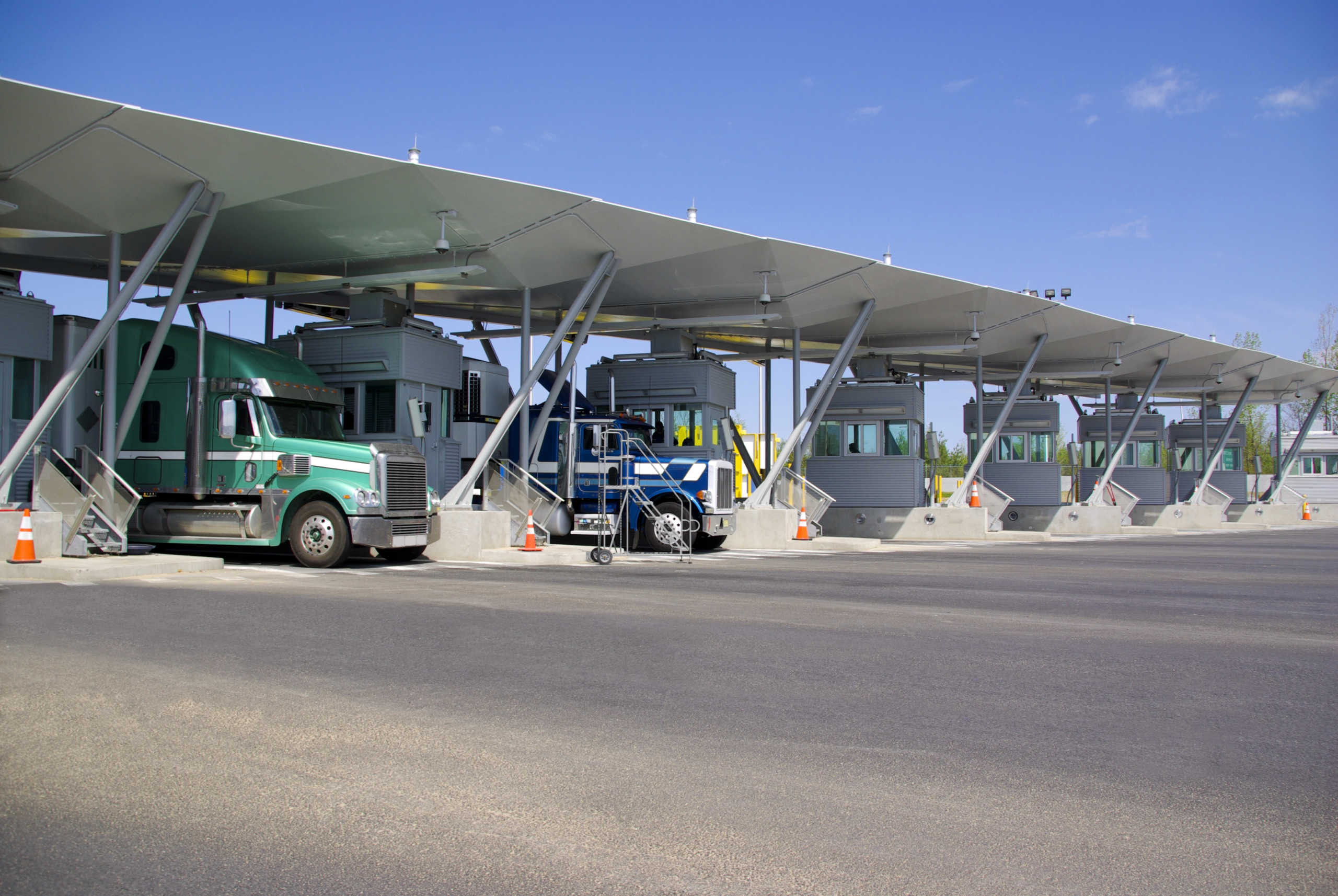In the current rapidly evolving energy sector, supply chain management is critical in ensuring the steady flow of resources that power industries and daily life. Navigating this system requires careful planning and coordination to maintain reliability, control costs, and meet regulatory demand.
In addition, energy price volatility, the global push for sustainability, and ever-changing regulatory landscapes add challenges, highlighting the importance of robust supply chain management. A failure to manage these processes can lead to significant consequences, resulting in disruptions, economic instability, and environmental harm.
The Importance of Supply Chain Management in Energy Sector
Effective energy supply chain management is essential for the seamless operation of the industry that powers everything, the energy supply chain involves various processes, from the extraction of raw materials to their conversion into usable energy sources and distribution to end consumers.
Amid the scale and complexity of this supply chain, efficient management is crucial for reliable operations, reduced costs, and a stable energy supply. One of the main reasons the energy supply chain is important is a highly volatile environment of the sector. Unstable energy prices, global focus on sustainability, and changing regulatory framework can provoke significant challenges to the energy industry and its supply chain.
For instance, disruptions in oil markets can lead to shortages, price spikes, and delays of the energy products delivery. In addition, supply chain disruptions can have far-reaching consequences, affecting involved companies and entire economies. In particular, a pipeline outage can provoke fuel shortages, drive up process, and cause economic instability. Mitigating these risks requires a proactive approach to energy supply chain management. This should involve development long-term strategies to mitigate potential risks and avoid disruptions.
Transportation is also crucial element of the energy supply chain that can’t be understated. Whether shipping raw materials or delivering refined products to power plants or consumers, transportation is the backbone of the sector. However, it still can be challenging. The process requires strict adherence to safety protocols to prevent accident. In addition, its cost can be affected by fuel prices, shipping routes, and political factors.
Constantly changing regulations and compliance requirements can also add challenges to the supply chain management. Energy companies must navigate complex local, national, and international laws that cover the extraction, production, and distribution of energy recourses.
In particular, companies in the oil and gas industry must meet environmental standards, minimizing their carbon footprint. Failure to meet these obligations can lead to fines, legal penalties, and reputational damage.
Another challenge is global transition to renewable energy. The increasing demand for solar, wind, hydrogen, and other renewable sources introduce new opportunities and risks for supply chain management in energy sector.
Renewable energy technologies often require different raw materials, such as earth metals for wind turbines and solar panels. Integration of renewable energy into existing grids can be complex and require infrastructure updates and careful planning to ensure a stable energy supply.
Major Challenges in Energy Supply Chain Management
Managing the energy supply chain often involves a set of challenges. They range from global market disruptions to regulatory compliance or environmental sustainability. Addressing these issues requires energy companies to implement proactive and flexible approach. By using advanced technologies, building resilient supply chains, and maintaining a focus on sustainability and compliance, companies can navigate the industry and ensure reliable and effective operations.
- Supply disruptions. Energy markets are interconnected. Thus, disruptions in one part of the world can have significant impacts globally. Political instability, trade disputes, natural disasters, pandemics can lead to shortages or delays. These events can be unpredictable, forcing energy companies to quickly find alternative suppliers or to delivery routes. Flexibility and emergency plans are vital to mitigate these risks.
- Price volatility. Unstable prices in the energy sector can affect the overall expenses for supply chain operations. In particular, prices can be impacted be changes in global demand, geopolitical tensions, or market speculations. For energy companies, managing the price volatility is a significant challenge that impacts income and budget planning. In times of sharp price increases, businesses may need to adapt their pricing and sourcing strategies.
- Regulatory charges. The energy industry is covered by a framework of stringent requirements. Governments regularly update laws and regulations to address ecological concerns and support cleaner energy production. In addition, these regulations can vary in different jurisdictions. Compliance with them is essential, as violations can result in fines, legal penalties, and damage to a company’s reputation. Thus, businesses should monitor their operations, from production to transportation, to comply with requirements.
- Infrastructure limitations. In some regions, infrastructure is aging or insufficient to meet current and future demands. This can in involves outdated pipelines, insufficient storage assets, or limited access to energy sources. Such issues can slow down supply chains and increase operational costs. For instance, with insufficient storage capacity, energy companies can struggle to manage supply can demand fluctuations. Investment in infrastructure upgrades can also be a financial burden for some companies, while upgrade can take years to implement.
- Supply chain visibility. The energy supply chain often involves multiple suppliers, contractors, and transportation methods. Maintaining visibility across every stage of the supply chain, from sourcing raw materials to delivering the final product, can be challenging. Without clear visibility, companies may be unable to identify potential risks and address them in a timely manner. Further, this can provoke inefficiencies, higher costs, and unexpected disruptions. To avoid this, energy businesses should invest in digital tools and technologies to improve their oversight and decision-making processes.
- Environmental concerns. Global focus on eco-friendliness causes a pressure on energy companies to reduce their carbon footprint. This includes cutting emissions from energy production, adopting greener practices, and using more ecological transportation methods. However, these strategies can increase operational costs, requiring significant investment, implementation of new technologies, cleaner production and transportation methods, and careful planning.
Strategies for Overcoming Supply Chain Challenges

Addressing the challenges in energy supply chain management needs a proactive and strategies approach. In particular, companies should implement targeted strategies to reduce risks, improve efficiency, and ensure the reliable flow of resources. This approach, accompanied by leveraging real-time data, can help launch resilient and efficient supply chains and handle the complexities of a rapidly evolving industry.
- Diversification of suppliers and resources. One of the most effective way to avoid the risk of supply chain disruptions is diversification of suppliers and energy resources. A company relying on a single supplier or region can become a vulnerable to unforeseen events, such as political instability or trade disputes. Cooperating with multiple suppliers from different regions can launch a more secure and flexible supply chain. This strategy also applies to the resources. Companies can diversify their energy recourses, using wind, solar, and biofuels.
- Using technologies for real-time visibility. Companies can adopt digital tools like the Internet of Things (IoT), predictive analytics, and blockchain to ensure real-time visibility into their supply chains. These technologies can provide continuous data on the location and condition of materials and equipment. With it, energy businesses can monitor the movement of resources and address issues like delays or equipment failures. In addition, predictive analytics an be used to forecast demand, optimize inventory levels, and predict equipment maintenance needs.
- Developing risk management practices. Risk management is important for overcoming challenges in the energy supply chain. This includes identifying threats from external factors, such as unstable prices, regulatory changes, or equipment failures. Then, companies can develop strategies for quick responses. For instance, having alternative suppliers or transportation routes ensures smooth operations with minimal delays. In addition, investments in strong cybersecurity defenses can help in preventing cyberattacks.
- Investing in infrastructure. The energy supply chain is linked to the existing infrastructure. Still, many components are aging or inadequate, causing disruptions. Upgrading and modernizing infrastructure is a long-term solution that can improve efficiency, reduce bottlenecks, and ensure stable operations. For instance, the growing demand for ecological energy requires innovative technologies and infrastructure improvements. These investments are necessary to meet future demands and ensure stable operations of the energy supply chain.
- Staying updated on regulatory changes. Regulatory compliance is a constant challenge in energy supply chain management. Governments tighten and update regulations to address climate change and support ecological practices. Staying informed on the latest local, national, and international regulations is important for avoiding penalties and ensuring smooth operations, a proactive approach can help adapt to new regulations, avoid costly disruptions, and maintain a competitive advantage in the market.
The Role of Sustainability and Digitalization in Energy Supply Chain
As the energy sector evolves, sustainability and digitalization are critical in shaping the future of energy supply chain management. These tools complement each other, transforming the operations of energy companies. They can increase efficiency, reduce environmental impact, and enable greater transparency across the supply chains.
Sustainability in Energy Supply Chain
The global energy sector is under pressure to adapt sustainable practices as climate change becomes urgent issue. Consumers, regulators, and investors demand companies to reduce their carbon footprint and adopt greener solutions.
One of the main aims of sustainability in the energy supply chain is to reduce environmental footprint. The use of renewable energy sources, such as solar, wind, and hydropower, can help reduce carbon emissions. Companies also adopt cleaner solutions in logistics and transportation, such as electric-powered vehicles and tools for route optimization to reduce fossil use.
Sustainability also involves improving energy efficiency across every stage of the energy supply chain. This includes optimizing energy production, minimizing waste, and implementing technologies to reduce energy consumption. In particular, smart grid technology can help energy companies monitor and adjust energy distribution more efficiently and minimize energy losses.
The other crucial aspect is responsible sourcing of materials. Nowadays companies often focus on sourcing materials in a way that doesn’t harm the environment. This includes choosing suppliers that adhere to sustainable practices, ensuring minimal damage during the extraction and transportation, and implementing ethical labor standards.
The shift towards sustainability in the companies’ strategies often involves circular economy practices. Products and materials are reused or recycled rather than being discharged. In the energy industry, companies recycle equipment and materials, reduce waste in productions, and design systems that allow for greater reuse.
Digitalization in Energy Supply Chain
Digitalization is revolutionizing management of the energy supply chain as well. Implementing digital technologies and innovative solutions enhances supply chain operations’ visibility, efficiency, and reliability.
The most significant advantage of digitalization is the ability to gain real-time visibility across the energy supply chain. Technologies like the Internet of Things (IoT), sensors, and loud-based platforms, companies can monitor the movement of resources, equipment, and products across the supply chain. This allows to detect and address potential issues, like delays, shortages, and equipment failures.
Digitalization also enables harnessing big data and predictive analytics to forecast demand, manage resources, and optimize operations. companies can use such tools to analyze historical data to define energy consumption trends, detect supply chain inefficiencies, and identify potential risks. Predictive analytics also improve demand forecasting and reduce the risk of overproduction or shortages.
Automation is becoming more important in the energy supply chain, especially in logistics and operations. Automated systems can manage repetitive tasks more efficiently and accurately, such as monitoring energy grids, tracking inventory levels, or operating machinery in warehouses. In addition, companies use robotics and drones to inspect pipelines, power plants, and other infrastructure elements. This ensures safety and reduced the need for human intervention.
Blockchain technology is also gaining traction in energy supply chain management. This technology provides a secure, transparent, and secure record of transactions. With it, companies can ensure transparency in their supply chains, tracking the origin and movement of materials, resources, and products. This is important for verifying the reliability and sustainability efforts of suppliers.
Emerging Trends and Future Outlook
The energy sector undergoes significant transformations in the context of rising use of technological advancements, sustainability goals, and increasing market dynamics. As the demand for greener energy increases, several trends are raising, which form the future of energy supply chain management.
Renewable energy integration
The growing demand for renewable energy like wind, solar, and hydropower causes significant shift in the energy industry. The global focus on sustainability and the need to reduce greenhouse gas emissions accelerate the adoption of renewable and transform energy supply chains. Renewable energy sources require different infrastructure, transportation methods, and storage solutions.
Thus, the supply chain has to evolve to accommodate new energy sources. This requires significant investment in new infrastructure and careful planning. At the same time, the integration of renewable energy sources encourages the development of technologies that optimize energy distribution, such as smart grids and advanced systems.
Decentralized energy systems
They provide greater flexibility, reduce transmission losses, and enhance energy security by reducing reliance on large power plants. This trend means that energy companies need to adjust their logistics and operations to a new model of energy systems. This requires the development of new technologies, such as microgrids, which allows small communities or individual users to generate, store, and manage their own energy.
Digital twins and predictive maintenance
The adoption of digital twins is a major innovation for energy supply chain management. They allow companies to monitor the performance of equipment, such as pipelines, power plants, and transmission systems. With predictive analytics, digital twins can help identify potential issues before they cause disruptions. This approach improves the reliability of the energy supply chain, enhances the lifespan of critical assets and components, and lowers maintenance costs.
Sustainability reporting and Environmental, Social, and Governance (ESG) compliance
Global regulations tighten environmental and social responsibility, energy supply chains are shaped by sustainability reporting and ESG compliance. Companies now must track and report their carbon emissions, waste, and energy consumption across the supply chain. This requires close collaboration with suppliers, partners, and contractors. Blockchain and other digital solutions can help verify ESG metrics, maintaining accurate data and the integrity of the sustainability claims.
Circular economy
A growing trend in the energy supply chain is the move towards a circular economy. This is relevant for the energy infrastructure. For instance, aging equipment such as turbines, pipelines, and power plants can be repurposed or recycled. Resource recovery lowers costs and minimizes waster and environmental impact. Energy companies adopt principles of circular economy to comply with environmental regulation and improve their social responsibility.
Conclusion
As the energy industry evolves, it faces increasing challenges, from price volatility and regulatory compliance to the integration of renewable energy sources. Thus, a proactive and strategies approach to supply chain management is essential. Companies should implement targeted strategies across their energy supply chain to mitigate risks, enhance visibility, and ensure the efficient flow of resources.
Investing in reliable infrastructure, staying informed about regulatory updates, and launching diversified supply chains are critical in overcoming the current challenges and remain competitive.
LAX Freight is committed to supporting businesses in navigating the energy sector and its complexities. We offer energy logistics solutions to help you streamline your energy supply chain, meet sustainability goals, and ensure compliance with evolving regulations.
Contact us to discuss how LAX Freight can empower your supply chain!



